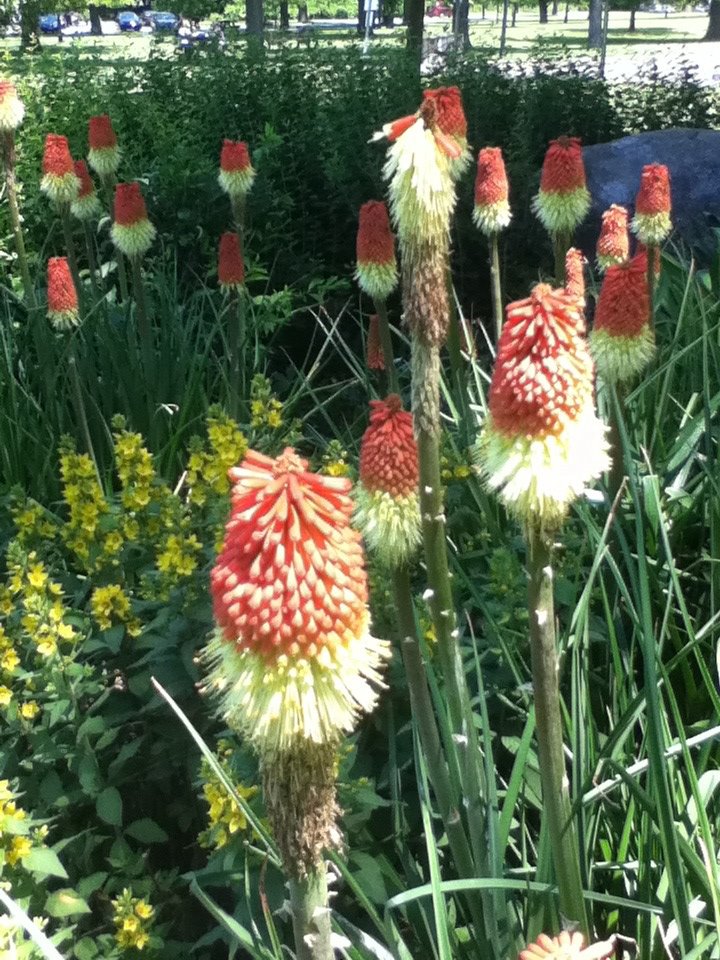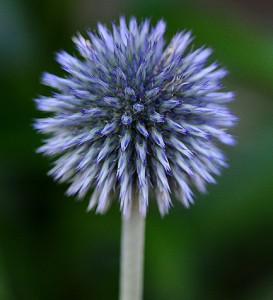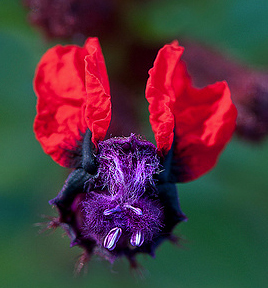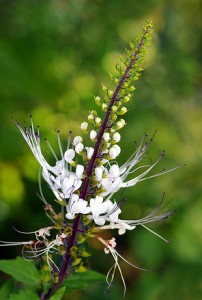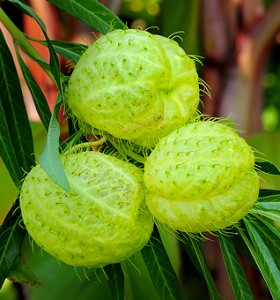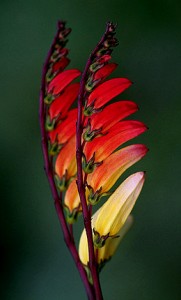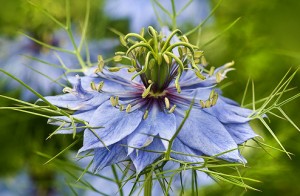What are these? My friend came across them. – Diane
Flower Shop Network Plant Expert Reply:
This is a perennial called Kniphofia (commonly known as Red Hot Poker or Torch Lily). It prefers full sun and is hardy to 10 degrees. You can plant the bulbs in the spring and they will bloom in the summer.
Hope this information is helpful. Please let me know if you need any other information.


 Find Your
Find Your 